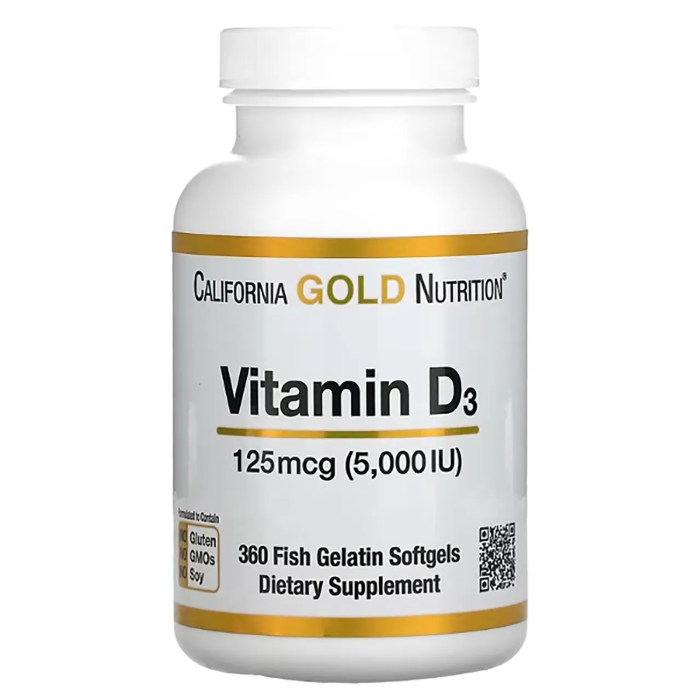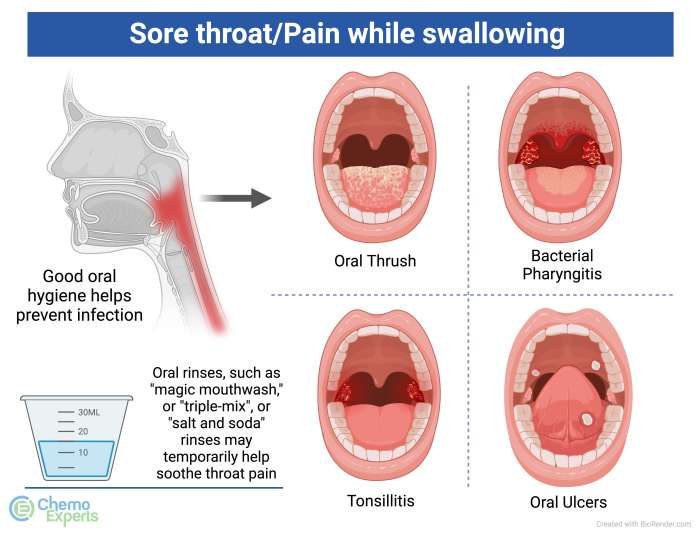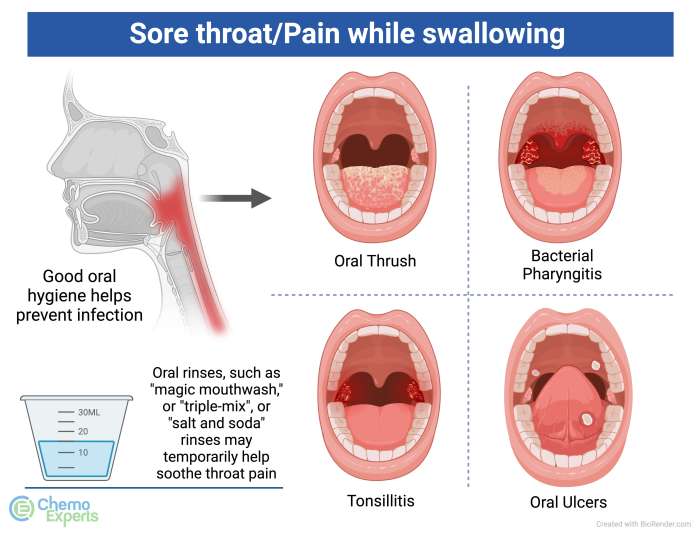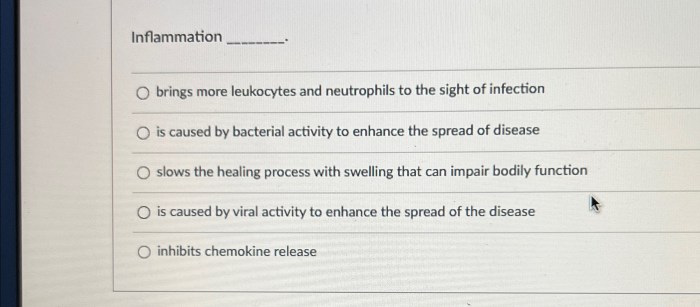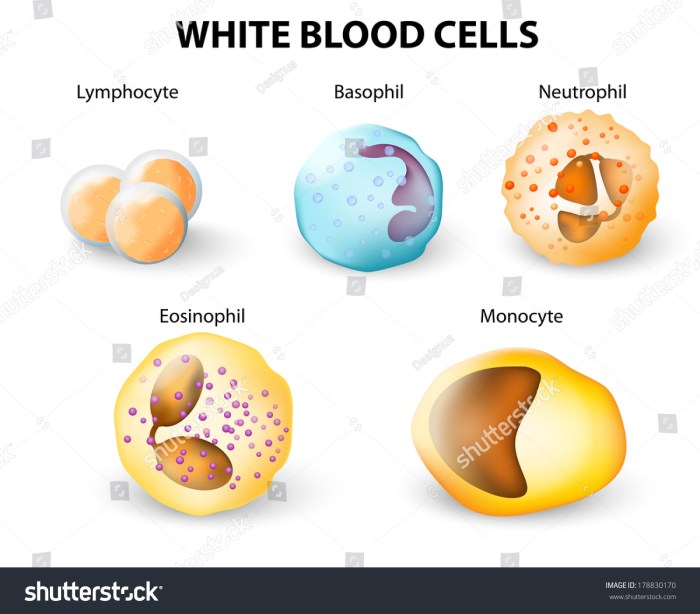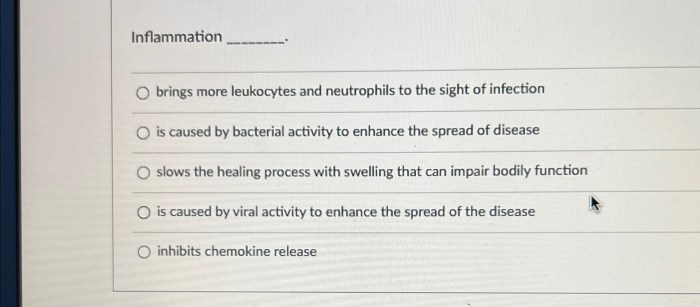Herpes causes risk factors are a crucial aspect of understanding this common viral infection. Different types of herpes, like HSV-1 and HSV-2, have varying transmission routes and associated risks. This exploration delves into the mechanisms behind herpes transmission, the factors increasing susceptibility, and the critical role of hygiene and preventative measures in managing the risk.
Understanding the interplay between herpes viruses, individual behaviors, and immune responses is key to effectively mitigating the risk of infection. We’ll explore the various ways herpes can be transmitted, examining the importance of direct contact and viral shedding in the transmission process. The following discussion will cover the impact of pre-existing conditions, behavioral patterns, and immune status on an individual’s susceptibility to different herpes types.
Introduction to Herpes
Herpes is a common viral infection characterized by recurring outbreaks of sores or blisters, primarily on the skin and mucous membranes. Crucially, it’s important to understand that there are different types of herpes viruses, each with unique characteristics and potential locations of infection. This distinction is vital for accurate diagnosis and management.The herpes simplex virus (HSV) is the most prevalent type.
This virus has a specific structure, including a DNA genome enclosed within a protein capsid, which allows it to infect cells and replicate. Transmission occurs through direct contact with infected skin or bodily fluids. While often associated with visible sores, the virus can remain dormant in the body for extended periods, leading to recurring outbreaks. Understanding the specific types of herpes, their characteristics, and transmission patterns is crucial for prevention and management.
Types of Herpes Simplex Virus (HSV)
A table summarizing the key differences between HSV-1 and HSV-2, the most prevalent types, follows. Distinguishing these types is important for targeted treatment and prevention strategies.
| Characteristic | HSV-1 | HSV-2 | Other Types (e.g., Varicella-zoster virus, Epstein-Barr virus) |
|---|---|---|---|
| Primary Site of Infection | Typically the oral region (mouth, lips), but can affect the genitals. | Primarily the genital region. | Diverse; can affect various parts of the body. Varicella-zoster virus (VZV) is the cause of chickenpox and shingles. Epstein-Barr virus (EBV) is associated with infectious mononucleosis. |
| Common Symptoms | Cold sores (fever blisters), oral ulcers, and sometimes genital lesions. | Genital sores, painful urination, and flu-like symptoms. | Symptoms vary greatly depending on the specific herpes type; chickenpox causes itchy rash and blisters, while EBV leads to fatigue and sore throat. |
| Transmission | Direct contact with infected saliva, or contaminated objects. Oral-genital contact can transmit HSV-1 to the genitals. | Sexual contact (vaginal, anal, oral) is the primary mode of transmission. | Transmission varies. Chickenpox is highly contagious through respiratory droplets, while EBV is transmitted through saliva. |
Causes of Herpes

Herpes viruses, a diverse group of DNA viruses, are responsible for a spectrum of infections, including oral herpes (HSV-1) and genital herpes (HSV-2). Understanding the mechanisms behind their transmission is crucial for prevention and management. These viruses are highly contagious, capable of establishing lifelong infections in their hosts.Direct contact with infected bodily fluids is the primary mode of transmission.
This includes contact with sores, blisters, or other lesions caused by the virus. Furthermore, transmission can occur even when no visible sores are present, highlighting the importance of preventative measures.
Transmission Mechanisms
Herpes viruses are primarily transmitted through direct contact with infected bodily fluids. This includes contact with active sores, blisters, or lesions containing the virus. However, transmission can also occur through contact with areas where the virus is present but not outwardly visible. This silent transmission underscores the importance of preventive measures, even when no obvious symptoms are present.
Role of Direct Contact
Direct contact plays a pivotal role in herpes transmission. The virus is typically found in bodily fluids, such as saliva, semen, and vaginal secretions. Skin-to-skin contact with these fluids, especially during active outbreaks, significantly increases the risk of transmission. Sharing personal items like razors or towels, which can harbor viral particles, can also contribute to transmission.
Understanding herpes causes and risk factors can be tricky, especially when dealing with similar symptoms. Sometimes, it’s hard to tell if you have a cold or even COVID-19. For a helpful guide on differentiating between cold and COVID symptoms, check out this helpful resource: do i have a cold or covid. Ultimately, though, knowing the factors that increase your risk of herpes, like weakened immunity or close contact, can be key to staying informed about your health.
Factors Increasing the Likelihood of Infection
Several factors increase the susceptibility to herpes infection. Compromised immune systems, often due to underlying conditions or medication, can make individuals more vulnerable to viral infections. Frequent or prolonged exposure to infected individuals also significantly elevates the risk. This heightened susceptibility can be attributed to the virus’s ability to remain latent in the body, reactivating under conditions of stress or lowered immunity.
The increased risk of transmission is also affected by the frequency of contact with infected individuals and the presence of active lesions.
Viral Shedding and Transmission
Viral shedding, the release of viral particles from an infected individual, is a critical aspect of herpes transmission. These particles can be shed even in the absence of visible sores, highlighting the importance of preventative measures throughout the infection cycle. Understanding the patterns of viral shedding allows for better strategies to minimize the risk of transmission.
Factors Increasing Risk of Herpes Infection
- Compromised immune system:
- Frequency of contact with infected individuals:
- Presence of active lesions:
- Sexual activity:
- Stress and fatigue:
Individuals with weakened immune systems due to illness or medications are more susceptible to herpes infections. This is because a healthy immune system plays a crucial role in fighting off viral infections. Examples include individuals undergoing chemotherapy or those with conditions like HIV/AIDS.
Higher frequency of contact with infected individuals, particularly during active outbreaks, increases the likelihood of exposure to the virus. This emphasizes the importance of personal hygiene and precautions during close interactions.
Active sores or blisters are obvious indicators of viral shedding. The presence of these lesions significantly increases the risk of transmission. This directly correlates with the viral load being shed during this phase.
Sexual activity, especially without proper precautions, can significantly increase the risk of herpes transmission, particularly in genital herpes. Consistent use of condoms during sexual activity is highly effective in reducing the risk.
Periods of stress and fatigue can reactivate latent herpes viruses, leading to outbreaks and increased viral shedding. Managing stress and maintaining a healthy lifestyle can help to minimize the frequency of outbreaks.
Risk Factors for Herpes
Understanding the risk factors associated with herpes infections is crucial for prevention and management. Knowing what factors increase susceptibility allows individuals to make informed decisions about their health and lifestyle choices. This knowledge also helps healthcare providers tailor prevention strategies and treatment plans to individual needs.
Factors Influencing Susceptibility
Several factors influence a person’s susceptibility to herpes infections. These factors vary based on the type of herpes virus involved, highlighting the importance of recognizing the differences between HSV-1 and HSV-2. Underlying health conditions, lifestyle choices, and environmental exposures all play a role. For example, individuals with weakened immune systems are more vulnerable to infection.
Risk Factors for Different Herpes Types
The risk factors for herpes simplex virus type 1 (HSV-1) and herpes simplex virus type 2 (HSV-2) exhibit some overlap, but also distinct characteristics. HSV-1 is often associated with oral herpes, while HSV-2 is predominantly linked to genital herpes. However, both can manifest in atypical locations. Oral herpes can be transmitted through oral contact, whereas genital herpes is primarily transmitted through sexual contact.
Behavioral Patterns and Increased Risk
Certain behavioral patterns significantly increase the risk of contracting herpes. Frequent exposure to individuals with active herpes lesions increases the risk of transmission. Unprotected sexual contact, especially without using barrier methods like condoms, is a major risk factor for genital herpes. Sharing personal items, like razors or utensils, can contribute to transmission, though this is less common for HSV-2.
Immune Status and Herpes Susceptibility
Immune status plays a critical role in a person’s susceptibility to herpes infections. Individuals with weakened immune systems, due to conditions like HIV/AIDS or cancer treatments, are more likely to experience outbreaks and are more vulnerable to acquiring herpes. Individuals with strong immune systems generally experience fewer or milder outbreaks. For example, individuals undergoing chemotherapy or those with compromised immune systems from underlying conditions like leukemia are at a higher risk of herpes outbreaks.
Pre-existing Conditions and Herpes Infection, Herpes causes risk factors
Certain pre-existing conditions can increase the risk of herpes infections. Chronic illnesses, such as diabetes or conditions affecting the nervous system, can impact the immune system, potentially making individuals more susceptible to herpes outbreaks. These conditions can also affect the severity and frequency of outbreaks. For example, individuals with uncontrolled diabetes often experience more frequent and severe herpes outbreaks compared to those with controlled blood sugar levels.
Hygiene and Preventative Measures
Maintaining good hygiene practices is essential in reducing the risk of herpes transmission. Avoiding contact with individuals exhibiting active herpes lesions is crucial. Proper handwashing after touching potentially contaminated surfaces is essential. Using barrier methods like condoms during sexual activity can significantly reduce the risk of transmission.
Comparison of Risk Factors
| Risk Factor | Description | Impact on Transmission | Preventive Measures |
|---|---|---|---|
| Weakened Immune System | Conditions like HIV/AIDS, cancer treatments, or chronic illnesses can compromise the immune response. | Increased susceptibility to infection and more frequent/severe outbreaks. | Managing underlying conditions, strengthening immune system, and practicing good hygiene. |
| Unprotected Sexual Contact | Sexual activity without using barrier methods like condoms. | Significant risk of transmission for genital herpes. | Consistent condom use, open communication with partners about sexual health. |
| Frequent Contact with Active Lesions | Direct contact with open sores or blisters. | High risk of transmission through skin-to-skin contact. | Avoiding contact with individuals exhibiting active lesions, maintaining good hygiene. |
| Sharing Personal Items | Sharing razors, towels, or utensils. | Lower risk of transmission compared to direct contact, but still possible. | Using individual personal items, practicing good hygiene. |
Herpes Transmission and Prevention

Understanding how herpes simplex virus (HSV) spreads is crucial for preventing its transmission. Knowledge of transmission routes and effective preventive measures empowers individuals to protect themselves and others. This section details the common methods of transmission, strategies for avoidance, and the importance of personal hygiene in reducing the risk.
Modes of Herpes Transmission
Herpes is primarily transmitted through direct contact with infected skin or mucous membranes. This contact can occur during oral, genital, or anal sex, or through close contact with sores or blisters. Sharing personal items like razors, towels, or utensils can also facilitate transmission, although this is less common. The virus can be transmitted even when sores or blisters are not visible.
Therefore, it is essential to recognize that transmission can occur during asymptomatic periods.
Preventing Herpes Transmission
Avoiding direct contact with infected individuals is a primary preventive measure. This involves being cautious during sexual activity, using barrier protection like condoms consistently and correctly, and avoiding sharing personal items. Open communication and mutual understanding between sexual partners regarding HSV status are crucial.
Personal Hygiene Practices
Maintaining good personal hygiene significantly reduces the risk of herpes transmission. Regular handwashing, particularly after touching potentially infected areas, is essential. Thoroughly washing towels, bedding, and other personal items in hot water can help eliminate the virus. Practicing safe hygiene habits around any open sores or blisters is paramount.
Understanding herpes causes and risk factors is key, but sometimes related symptoms like digestive issues can pop up. For example, experiencing diarrhea can be a symptom, and finding the right relief, whether over-the-counter or prescription, can make a huge difference in managing these complications. Thankfully, diarrhea relief OTC and prescription medications can offer various solutions.
Ultimately, though, remembering that herpes itself doesn’t directly cause diarrhea, understanding the related symptoms and potential treatment options remains important for overall well-being.
Herpes Transmission Cycle Flowchart
The following flowchart illustrates the typical herpes transmission cycle:
+-----------------+ +-----------------+
| Infected Person |-------| Healthy Person |
+-----------------+ +-----------------+
| (Visible or | | (No Visible |
| asymptomatic | | Symptoms/Sores) |
| Herpes Sores | | |
| or Blisters | | |
+-----------------+ \ /
\ /
\/
+--------+
| Contact |
+--------+
| (Kissing, |
| Sexual |
| Contact) |
+--------+
\ /
\/
+--------+
| Transmission |
+--------+
\ /
\/
+-----------------+
| Healthy Person |
| Becomes Infected |
+-----------------+
Preventative Measures
The following preventative measures can minimize the risk of herpes transmission:
- Safe Sexual Practices: Consistent and correct use of condoms during sexual activity significantly reduces the risk of transmission. Open communication about sexual health history and HSV status is vital.
- Avoiding Sharing Personal Items: Avoid sharing razors, towels, or other personal items that may come into contact with skin lesions or mucous membranes. This reduces the risk of transmission.
- Good Hygiene: Thorough handwashing after touching potentially infected areas is crucial. Using separate towels and ensuring that personal items are washed in hot water will reduce the possibility of transmission.
- Avoiding Contact with Open Sores: Avoid touching or coming into contact with open sores or blisters on anyone, and practice good hygiene around such lesions.
- Early Detection and Treatment: Seeking medical attention at the first sign of symptoms can help manage the infection and potentially reduce the risk of transmission.
Herpes and the Immune System: Herpes Causes Risk Factors
The human immune system plays a crucial role in defending against herpes infections. Understanding how the immune system interacts with herpes viruses is essential for comprehending the disease’s progression and the development of effective treatments. The immune response varies significantly depending on the type of herpes virus and the individual’s overall health.
The immune system’s primary function in combating herpes is to recognize and eliminate the virus-infected cells. This process, however, is often an ongoing battle, as herpes viruses have evolved mechanisms to evade or suppress the immune response. This leads to recurrent outbreaks, as the virus reactivates and replicates within the body.
The Immune System’s Response to Herpes
The immune system employs various strategies to combat herpes infections. Initially, the innate immune system, which is the body’s first line of defense, identifies and neutralizes the invading virus. This involves the activation of specialized cells, such as macrophages and natural killer cells, which help to contain the infection. Subsequently, the adaptive immune system, which is a more specific and long-lasting defense mechanism, steps in.
This involves the production of antibodies and the activation of T cells, which specifically target and eliminate the infected cells. This complex interplay between the innate and adaptive immune systems forms the cornerstone of the body’s response to herpes.
Managing Herpes Outbreaks
Herpes outbreaks occur when the virus reactivates from a latent state. The immune system’s ability to control the virus during these periods is crucial. However, factors such as stress, illness, or hormonal changes can compromise the immune system’s effectiveness, potentially leading to more frequent or severe outbreaks. Treatment strategies often focus on mitigating symptoms and reducing the duration of outbreaks, while immune-boosting strategies can indirectly help manage the disease.
Impact of Immune Deficiency on Herpes
Individuals with weakened immune systems, such as those with HIV/AIDS, are more susceptible to severe herpes infections and more frequent outbreaks. Their immune systems are less able to control the virus, resulting in prolonged and debilitating symptoms. The severity of herpes in immunocompromised individuals often surpasses that in healthy individuals, necessitating more aggressive treatment approaches.
Immune Response Variations Across Herpes Types
The immune response to different herpes types can differ significantly. For example, the immune response to varicella-zoster virus (chickenpox/shingles) is different from the response to herpes simplex virus (HSV). The body’s reaction to each type depends on the specific viral components recognized by the immune system.
Immune System Interaction with Herpes (Illustrative Diagram)
Imagine a battlefield where the immune system (a battalion of soldiers) is tasked with eliminating an enemy (the herpes virus). The soldiers (various immune cells like macrophages and T cells) recognize the enemy’s unique markings (viral proteins) and attack. Some soldiers are highly specialized in targeting specific parts of the enemy (e.g., specific viral proteins). The battle can be fierce and prolonged, with the virus sometimes hiding (latency) and reappearing (outbreaks).
The immune system’s success in controlling the virus depends on its strength and the virus’s ability to evade detection. The diagram would visually depict these interactions, showing immune cells attacking virus-infected cells. The diagram would highlight the roles of different immune components in the process.
Understanding herpes causes and risk factors is crucial. While it’s important to differentiate herpes from other skin conditions, like drool rash, which can sometimes be confused with hand-foot-and-mouth disease ( drool rash vs hand foot mouth ), it’s essential to remember that herpes simplex virus (HSV) transmission can occur through direct contact. Ultimately, knowing the risk factors is key to preventative measures.
Herpes and Sexual Health
Herpes, while manageable, can significantly impact sexual health. Understanding its effects on relationships and the importance of open communication is crucial for those affected. This section explores the practical implications of herpes in sexual contexts, emphasizing proactive measures and responsible communication.
Open and honest communication is essential to navigating sexual relationships with herpes. This includes proactively discussing the condition with potential partners and maintaining ongoing communication within established relationships. Honesty empowers individuals to make informed decisions and fosters trust and respect within the partnership.
Importance of Open Communication
Open communication about herpes is paramount for building healthy and respectful relationships. It allows partners to make informed decisions about their sexual health and safety, fostering trust and mutual understanding. This communication should be ongoing and address concerns and anxieties that may arise. Avoiding the subject only perpetuates misinformation and fear. Open communication creates a space for questions, answers, and shared understanding.
Testing and Disclosure
Regular testing for herpes is essential, especially for individuals with multiple partners or those experiencing new symptoms. Disclosure of herpes status to potential and existing partners is a critical aspect of responsible sexual health. This proactive approach allows for informed consent and empowers partners to make decisions based on accurate information. Timing of disclosure is important, ideally before any sexual activity occurs.
Comprehensive information regarding the risks and safety precautions can be shared.
Managing Herpes in Sexual Relationships
Managing herpes in sexual relationships involves practical strategies for reducing transmission risk and ensuring comfort and safety for both partners. Avoiding sexual contact during outbreaks is crucial, as is the use of barrier methods like condoms during all sexual activity. Open discussion about potential triggers, symptoms, and prevention strategies can ease anxieties and build a shared understanding of how to manage the condition within the relationship.
Regular communication about symptoms, outbreaks, and overall health is key.
Key Considerations for Sexual Health and Herpes
- Informed Consent: Partners should be fully informed about the herpes status of their partner and the risks involved before engaging in any sexual activity. This allows for a decision based on accurate information and a shared understanding of the situation.
- Barrier Methods: Consistent use of condoms during all sexual activity can significantly reduce the risk of transmission. Condoms provide a physical barrier to the virus, reducing the chance of contact and subsequent infection.
- Symptom Awareness: Recognizing and understanding herpes symptoms, such as sores or blisters, is crucial for managing the condition effectively. This enables proactive measures to be taken during outbreaks and reduces transmission risks.
- Emotional Well-being: Navigating herpes can be emotionally challenging. Seeking support from healthcare providers, therapists, or support groups can help individuals cope with the emotional impact and maintain their well-being.
These considerations underscore the importance of responsible communication and proactive measures in maintaining healthy sexual relationships while living with herpes.
Outcome Summary
In conclusion, understanding herpes causes and risk factors is essential for proactive health management. By examining the various contributing elements, from transmission modes to individual behaviors and immune responses, we can develop effective strategies for prevention and management. This discussion highlights the significance of maintaining good hygiene, understanding the different herpes types, and acknowledging the role of open communication in sexual relationships when dealing with herpes.








